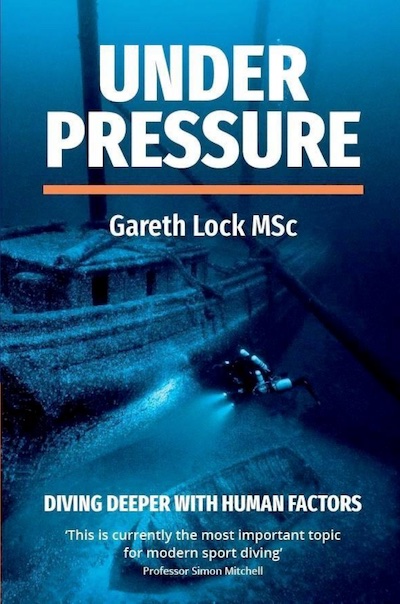Learn Why Checklists Matter in Diving
Scuba diving requires attention to detail, situational awareness, and disciplined procedures. A well-structured checklist reduces errors, enhances safety, and improves overall dive experiences. Used consistently, it also creates a shared language with your buddy team before each dive.
The Role of Human Factors in Diving Errors

I was introduced to checklists in diving when I read Gareth Lock's book Under Pressure - Diving Deeper with Human Factors. You can explore his blog here and here. Checklists reduce errors, prevent cognitive overload, and mitigate normalization of deviance in diving.
Benefits of Using a Dive Checklist
- Consistency: Ensures no critical step is overlooked.
- Reduced Cognitive Load: Frees up mental resources.
- Emergency Preparedness: Reinforces response procedures.
- Buddy Communication: Creates a shared pre-dive process.
- Increased Confidence: Provides peace of mind before the dive.
Using a checklist is a sign of thoughtful, responsible diving, not inexperience. It supports thorough preparation and makes dives safer and more enjoyable for teams at every level.
Printed Checklist Best Practices
- Keep sections concise: 5-8 lines with no more than 5-8 words per line.
- Use a readable font size (at least 0.10 in or 2.5 mm).
- Use simple prompts instead of detailed instructions.
- Organize into logical sections for efficiency.
- Allow time gaps between checklist steps.
- If interrupted, restart the section before continuing.
Common Mistakes When Using Checklists
- Skipping steps due to overconfidence.
- Rushing through without verifying items.
- Using checklists inconsistently, leading to missed items.
- Failing to update checklists as gear or procedures change.
My Personal Dive Checklists

My Pre-Dive Checklist
Developed over 30 dives, my pre-dive checklist evolved as I refined the order of steps for ease of use. It is laminated on a half sheet (8 x 11, 14 pt font) for durability and readability. The layout keeps each section short and scannable at the site.
My Final Checklist
This checklist is minimal and focused on last-minute confirmations before entering the water. It prevents overlooked errors, especially verifying that the tank valve is properly set. I run this check just before a boat or shore entry.
Download My Pre-Dive Checklists (PDF)

My Packing List
Packing checklists prevent forgotten gear, a mistake many divers make. I print one for every trip and check off items as they are packed. I am currently testing an iPad version and will share notes in a future post.